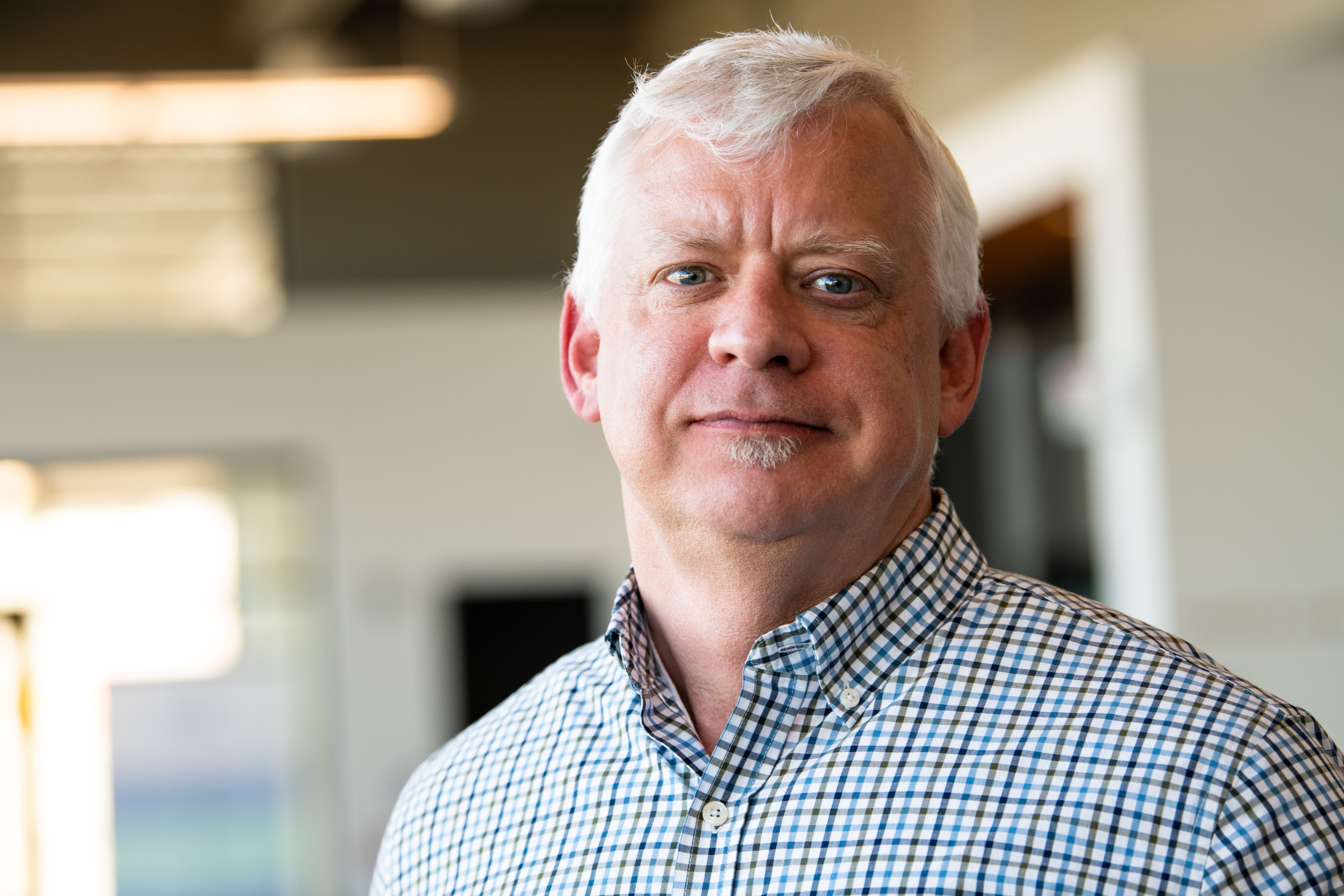Jerome Fast studies the coupling of the Earth’s surface with the lowest layer of the atmosphere, where storms and precipitation are made

If you think of Jerome Fast, a highly published atmospheric scientist, you might also think of an ambitious Scientific Focus Area project he has overseen for the past nine years: the Integrated Cloud, Land-Surface, and Aerosol System Study (ICLASS), funded through 2020 by the U.S. Department of Energy’s (DOE) Atmospheric System Research (ASR).
He has called these complex cloud-land-aerosol interactions “one of the most important challenges in atmospheric science.”
But you may not know about the moment that helped inspire Fast to study atmospheric sciences.
One summer day in 1983, he stepped outside his boyhood home in Mountain Lake, Minnesota (population 2,000). Whirling on the horizon was a tornado―his first.
“Dad forced me to come inside,” he says, “and I haven’t seen a tornado since.”
But even one brief look at a looming twister was enough to set the hook for Fast, who was about to enter his second year as a meteorology student at nearby Iowa State University (B.S. 1985, M.S. 1987, PhD 1990).
“I decided that was something I wanted to do,” he says―a practical way to exercise his lifelong interest in science.
Research interests
Today, Fast is at Pacific Northwest National Laboratory (PNNL) in southeastern Washington state. At PNNL, his research interests include modeling aerosols, clouds, aerosol-cloud interactions, and the dynamic interface between the land surface and the atmosphere.
He joined PNNL in 1994 after four years at the Savannah River Technology Center in Georgia, where he simulated the dispersion of chemical plumes in the atmosphere.
“I do a lot of modeling now,” says Fast, whose research brings him in touch with both DOE’s Atmospheric Radiation Measurement (ARM) user facility and ASR .
His early knack with numbers has proven useful over the years. (Fast was a double major in meteorology and mathematics before doing graduate work.)
“To represent the atmosphere, you need equations,” he says. “Mathematics is a key tool you need for science.”
# # #This work was supported by the U.S. Department of Energy’s Office of Science, through the Biological and Environmental Research program as part of the Atmospheric System Research program.

